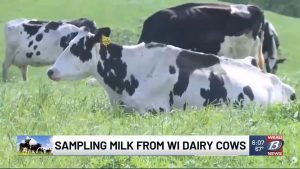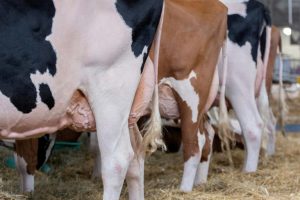
However, a rapid succession of new all-time highs in CME spot butter prices plus substantial butter imports could help lessen the prevalence of butter shortages this fall, according to Sarina Sharp, analyst with the Daily Dairy Report.
“As the holiday baking season draws near, grocers have been scrambling to secure enough product to keep dairy cases stocked, and they have been paying a hefty price to do so,” Sharp noted.
On the surface, butter supplies appear adequate. As of July 31, cold storage warehouses held 314.4 million pounds of butter, according to USDA’s latest Dairy Products report. In addition, butter production was higher than year-earlier volumes in both June and July.
“However, while both production and inventories are far higher than when spot butter values last climbed above the $3 mark in September 2014 and 2015, demand is sharply higher, too,” she said.
In 2020, U.S. butter demand climbed 3.5% year over year, followed by a 2.4% jump last year, according to USDA. However, Sharp noted that today’s high prices and a return to pre-pandemic habits have cut into butter demand. According to USDA, data domestic butter consumption this year through July was 2.8% lower than it was in the first seven months last year.
Despite the drop, demand for butter is still greater than it was before the pandemic, and output is not keeping pace with year-earlier volumes, Sharp said. Butter churns typically run hard the first four months of the year, allowing butter makers to store product for fall use, she said. But this year, output fell short, as labor shortages and low returns on storage expenses deterred production, she added.
A decade of history shows that butter production in the January through July period butter has exceeded demand by about 750,000 lbs. per day, according to Sharp’s calculations. But last year, the January through July daily average butter output was just 580,000 lbs. more than daily average consumption. This year, daily average output has exceeded demand by an even narrower margin of only 540,000 lbs.
“After accounting for greater consumption, mid-summer butter stocks are extremely tight, which could justify $3 butter in the short term,” Sharp noted. “However, just like in 2014 and 2015, pricey butter could soon attract more imports and stymie domestic demand, pushing prices sharply lower.”






















